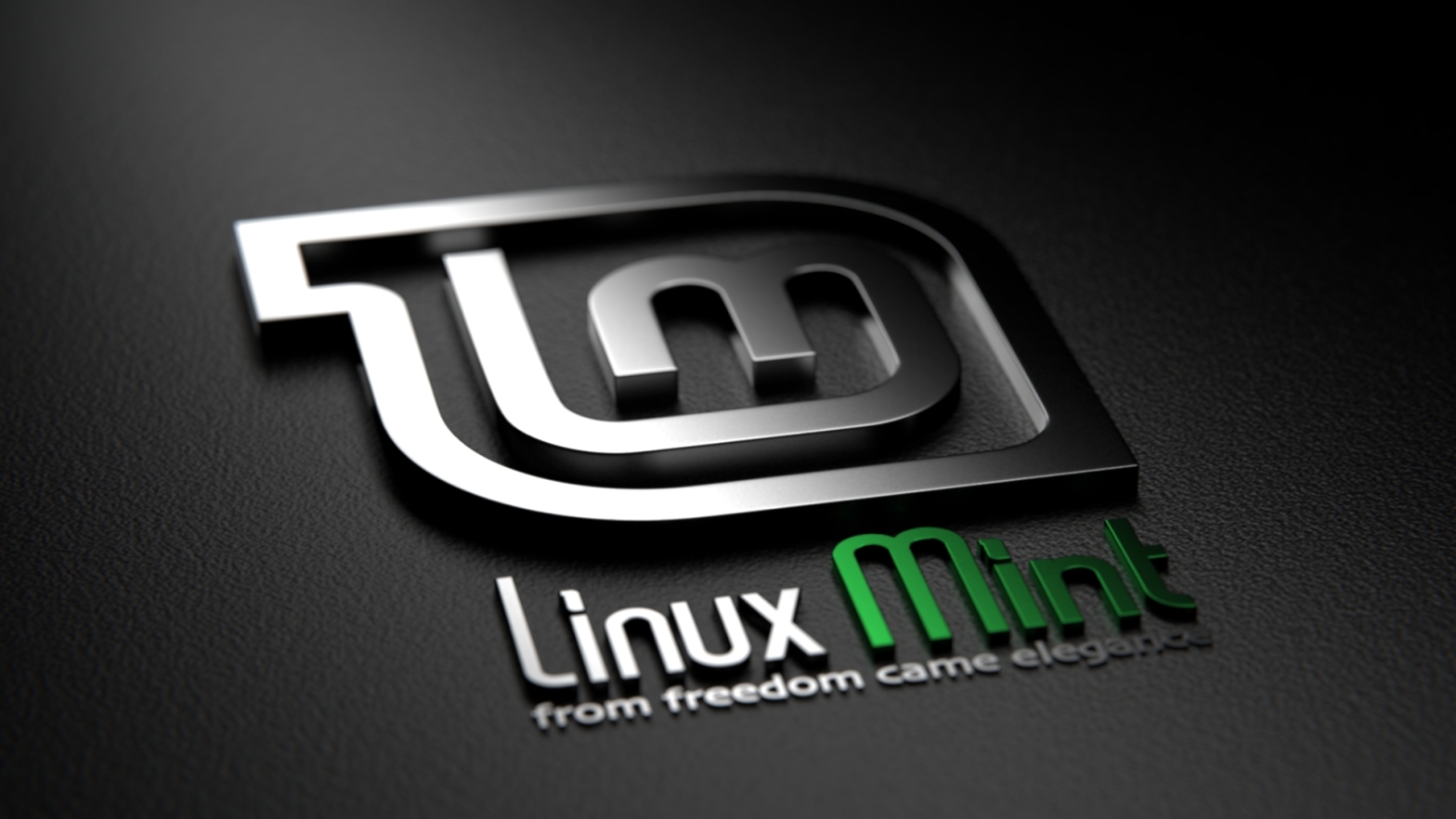It has begun! I have started to use Linux on my laptop for both work purposes and for play. I’m running a distribution or “distro” form of Linux called Mint and I must say, I AM impressed. It’s designed to feel a lot like Windows and does just about everything I need an operating system to do. It handles my main programs (see “MY Checklist”) and it does so with lighting fast response time. Considering my laptop is quite old and not very powerful; (Windows 7 64-Bit, Intel core i5, 4GB DDR3 RAM, 700GB HDD), this was a pleasant surprise.
I wanted to cover in this post how I got Linux installed on my laptop as well as talking about another useful feature that most (if not all) distros allow you to do, which is Dual Booting. Simply put, you can have more than one operating system installed on a computer or laptop at any one time and you can choose which one to boot from (the process involved when you first turn on your computer). So in my case, my laptop was already running Windows 7 and I was able to add Linux Mint as a bootable operating system (OS). When I turn my laptop on, during the boot process, I’m presented with a list of different OS’s I want to use. By default it will load Mint if I don’t select anything after a few seconds, else I can choose to boot into a ‘safe mode’ of Linux or good old Windows.
If you’re not ready to take the plunge and install an additional operating system, there’s an alternative and some may say even easier way to try Linux out with a ‘Bootable USB stick” that can be plugged into your computer and booted from. You may be wondering why someone would want such a thing? There’s a few good reasons to create one of these bootable USBs, here are a few of the most common ones;
- Install or upgrade a disto of Linux
- Test a distro without touching your PC configuration
- Boot into Linux on a borrowed machine or from an internet cafe
- Use tools installed by default on the USB stick to repair or fix a broken configuration
As a supplier of tech support, being able to boot a troublesome PC into Linux is a cool idea. There are distros designed specifically to help fix computers, they come preloaded with diagnostic and repair utilities. But for today’s purposes, we are talking about testing a distro and most importantly without touching you PC’s existing configuration.
There is a little bit of a technical difficulty level required to do this, so if you read the next part and it sounds too hard, or, if you have no desire to try Linux and you’re just reading this out of interest, don’t worry. This is not going to be for everyone, and that’s ok, rather it’s something I’m interested in and enjoy sharing my process with all of you good people. Here is a brief list of what is required to continue and then I’ll be linking to an article.
List of things you need to proceed (related links below);
- A USB flash drive that has at least 2GB of storage, 4GB preferred but NOT over 8GB.
- Some computers can’t boot from a USB that is bigger than 8GB, if it’s an 8GB stick, that’s fine, but not more than that.
- NOTE: Make sure that there is nothing on your USB, as part of this process, creating the boot-able Linux disk it will erase everything on it.
- A program called Rufus that created the bootable USB (see link below).
- An ‘iso image’ (a single file that’s a perfect representation of an entire CD or DVD).
- Knowing the right key to press when booting your computer (not always required, but good to know.
And that’s it! It’s not a lot but some of the steps might be too much for some of you readers out there. But like I said, that’s OK too.
Here are the required and useful links for anyone who would like to continue on with testing out Linux.
First; Rufus (<- Click me)
Second; Instructions for creating a Boot-able USB (<- Click me) with Rufus
Third; A location to get Linux Mint (<- Click me) as an iso image. Then choose “Cinnamon” and the“64-bit” option. NOTE: If you are running really old hardware, you might need the 32-bit version instead. You can find out by following the instructions here ( <- Click me ) ANOTHER NOTE: Cinnamon is one of four main different desktop ‘skins’ or ‘theme’ but it’s also the least hardware intensive, and it most visually resembles Windows 7 and 8, which are the two main reasons why I have picked it for this example. This can be changed later.
Fourth; Which key you might need to press if your computer does not boot (<- Click me) to the finished USB automatically
Bonus: An alternative set of instructions that does a beautify job of providing step-by-step instructions for making your own boot-able Ubuntu (<- Click me), if you know what this distro
I hope to be able to do a video on this process soon. Sometimes it’s much easier to see it being done than trying to follow written instructions. I’ll also be posting soon about my experiences running Linux Mint, so keep an eye out for that.
Warm Regards,
Paul H



Looking forward to reading more Linux stuff so I can get more familiar with it. I do also have a OS as bootable from USB stick called ‘Tails’, it’s very interesting that you can have OSs boot from an USB.
LikeLike
I have also heard of ‘Tails.’ It runs completely on your removable SUB drive and when you exit the OS, it removes all traces of what you were doing. Very clever.
LikeLike